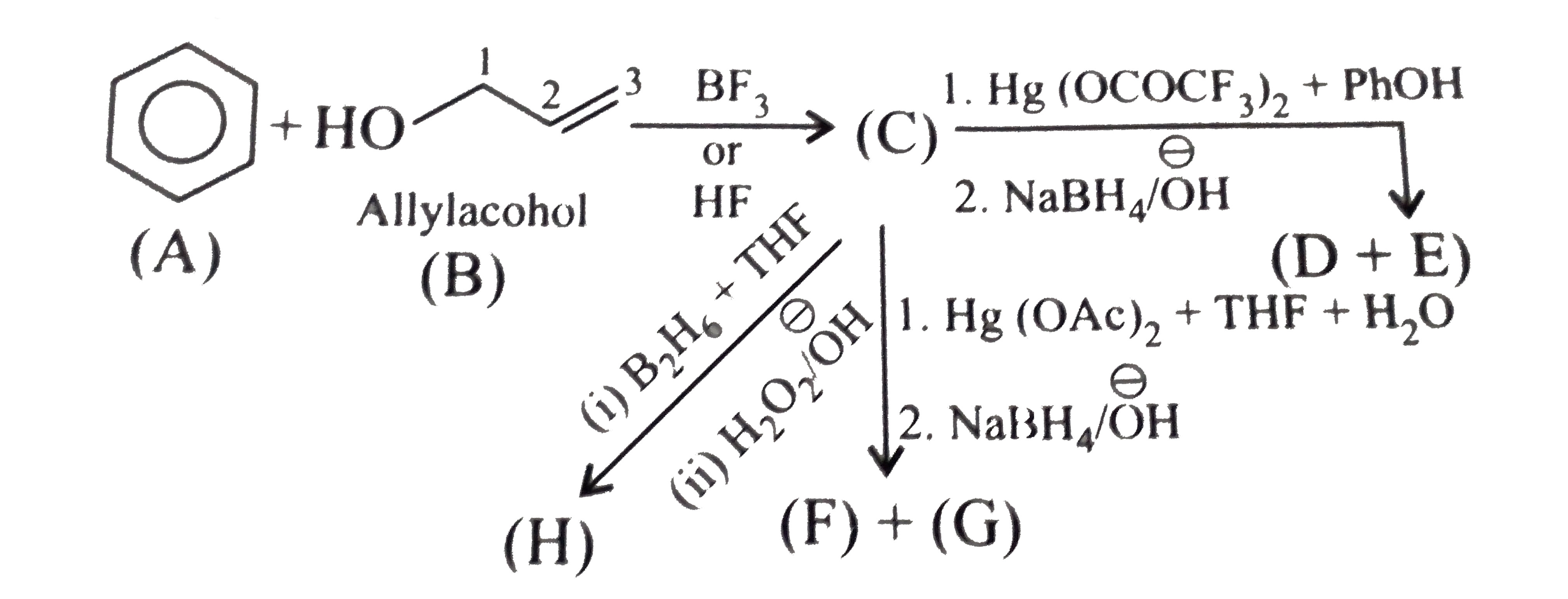Oxidation reaction involves loss of electrons, and reduction reaction involves gain of electrons. The reaction in which a species disproportinates into two oxidation states ( lower and higher) is called disproportionation reaction.
Which of the following statements is wrong?
An acidified paper on being exposed to turns green.
Mercuric chloride and stannous chloride cannot exist as such.
Iron turning on addition to solution decolourises the blue colour.
is formed but is not.
The correct Answer is:D
a. (orange red) oxidises to and is itself reduced to (green).
b. Both reacts together
c.
d. is formed but is not.
ion reduces to and itself undergoes oxidation to form . However, does not reduce .
Topper's Solved these Questions
- REDOX REACTIONSBOOK - CENGAGE CHEMISTRY ENGLISHCHAPTER - REDOX REACTIONSEXERCISE - Exercises (Multiple Correct)
32 Videos
- REDOX REACTIONSBOOK - CENGAGE CHEMISTRY ENGLISHCHAPTER - REDOX REACTIONSEXERCISE - Exercises (Single Correct)
91 Videos
- REDOX REACTIONSBOOK - CENGAGE CHEMISTRY ENGLISHCHAPTER - REDOX REACTIONSEXERCISE - Exercise
29 Videos
- PURIFICATION OF ORGANIC COMPOUNDS AND QUALITATIVE AND QUANTITATIVE ANALYSISBOOK - CENGAGE CHEMISTRY ENGLISHCHAPTER - PURIFICATION OF ORGANIC COMPOUNDS AND QUALITATIVE AND QUANTITATIVE ANALYSISEXERCISE - Assertion Reasoning Type
5 Videos
- S-BLOCK GROUP 1 - ALKALI METALSBOOK - CENGAGE CHEMISTRY ENGLISHCHAPTER - S-BLOCK GROUP 1 - ALKALI METALSEXERCISE - Archives Subjective
8 Videos
Similar Questions
Oxidation reaction involves loss of electrons, and reduction reaction involves gain of electrons. The reaction in which a species disproportinates into two oxidation states ( lower and higher) is called disproportionation reaction.
Which of the following statements is correct?
View SolutionOxidation reaction involves loss of electrons, and reduction reaction involves gain of electrons. The reaction in which a species disproportinates into two oxidation states ( lower and higher) is called disproportionation reaction.
Which of the following is not a dispropotional reaction?
View Solution
Knowledge Check
Which of the following is a disproportionation reaction?
ACl2(g)+2OH−(aq)→ClO−(aq)+Cl−(aq)+H2O(l)BCl2(g)+2I−(aq)→2Cl−(aq)+I2(s)C2Fe(s)+3H2O(l)Δ−−→Fe2O3(s)+3H2(g)D2H2O(l)+2F2(g)→4HF(aq)+O2(g)Which of the following is not a disproportionation reaction ?
AP4(s)+3OH−(aq)+3H2O(l)→PH3(g)+3H2PO−2(aq)B2F2(g)+2OH−(aq)→2F−(aq)+OF2(g)+H2O(l)CCl2(g)+2OH−(aq)→ClO−(aq)+Cl−(aq)+H2O(l)D2H2O2(aq)→2H2O(l)+O2(g)
Test cross involves
View Solution
The reaction (C ) to (F and G) is called mercuration-demercuration reaction. Which of the following statements is wrong about the reaction.
View SolutionWhich of the following is/ are disproportionation reactions?
View SolutionThe reduction half reaction represents the gain of electrons.
View SolutionWhich of the following is/are disproportionation reactions ?
View SolutionWhich of the following is not a disproportionation reaction ?
View Solution
